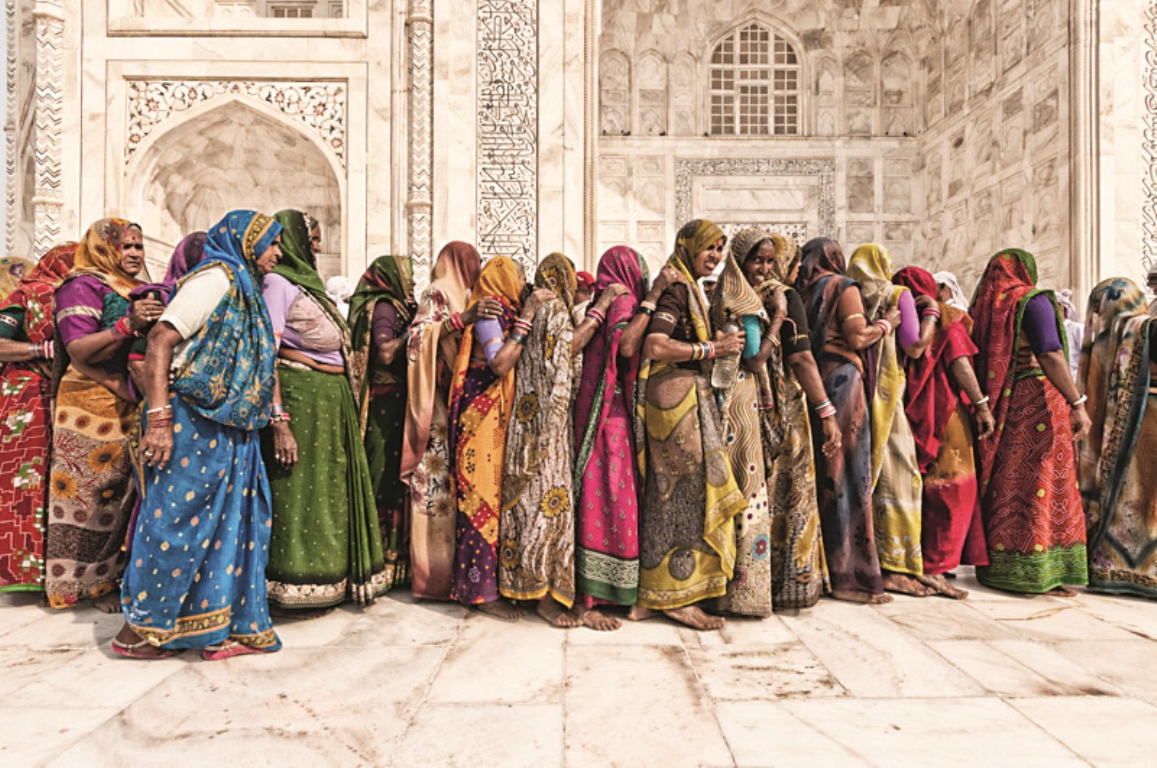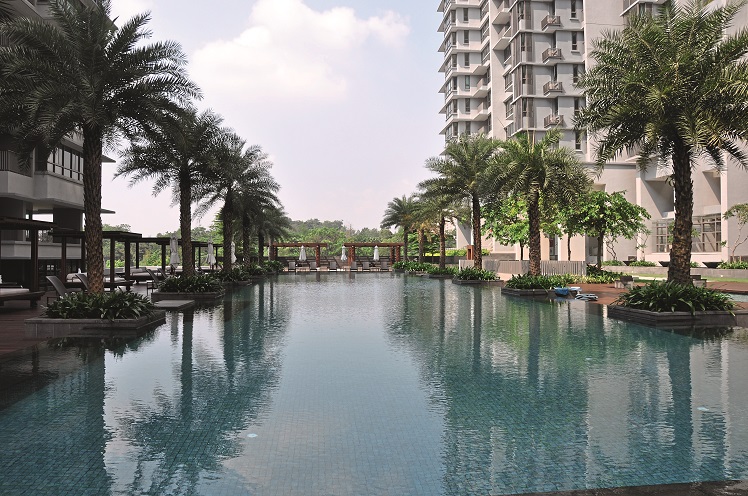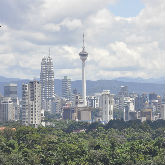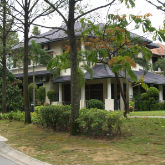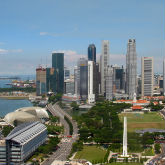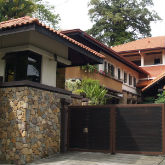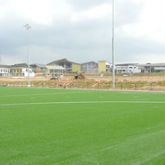
One important purpose that photography serves is the power to record a moment. Renowned Malaysian documentary photographer SC Shekar shares with Sharuna Segaren how he uses his camera to tell the story of others.
The Photos
1.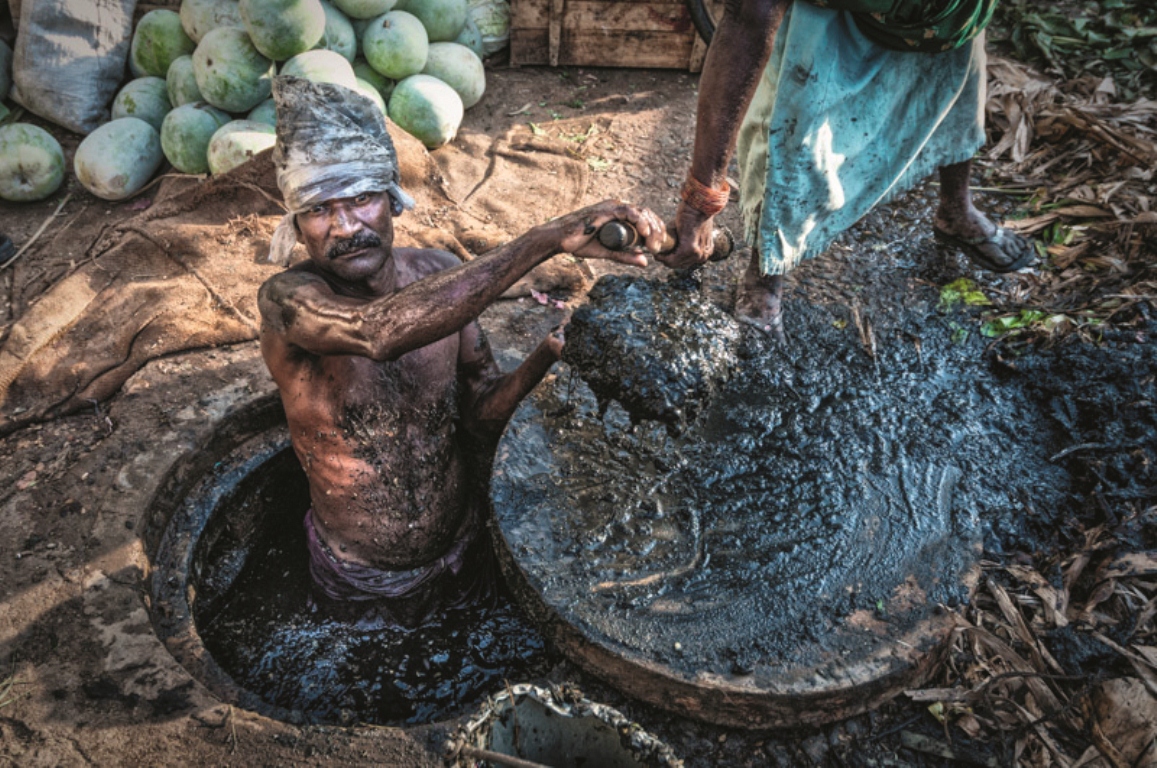
2.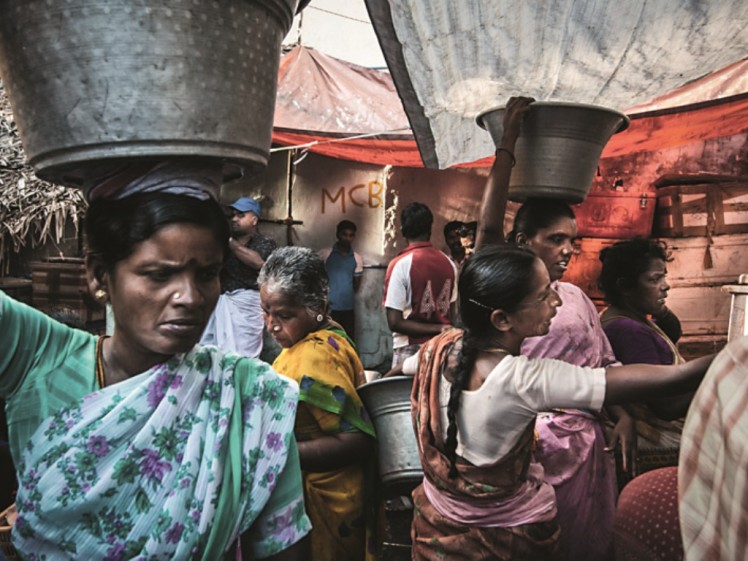
3.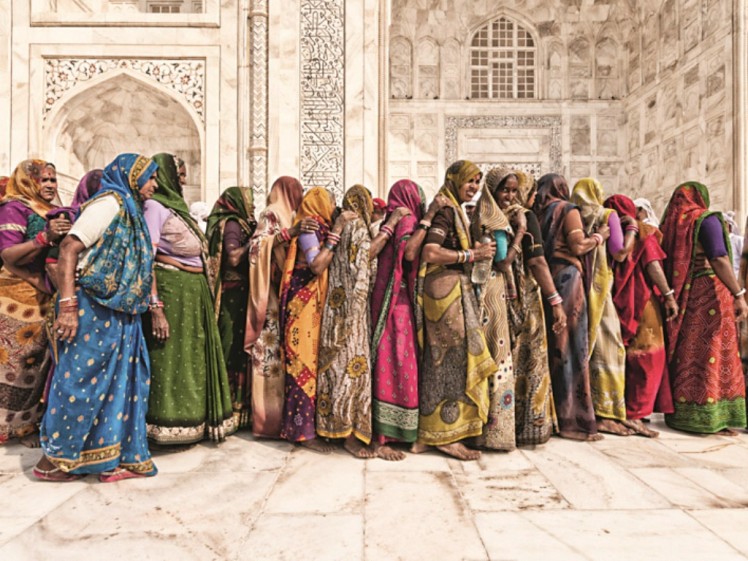
4.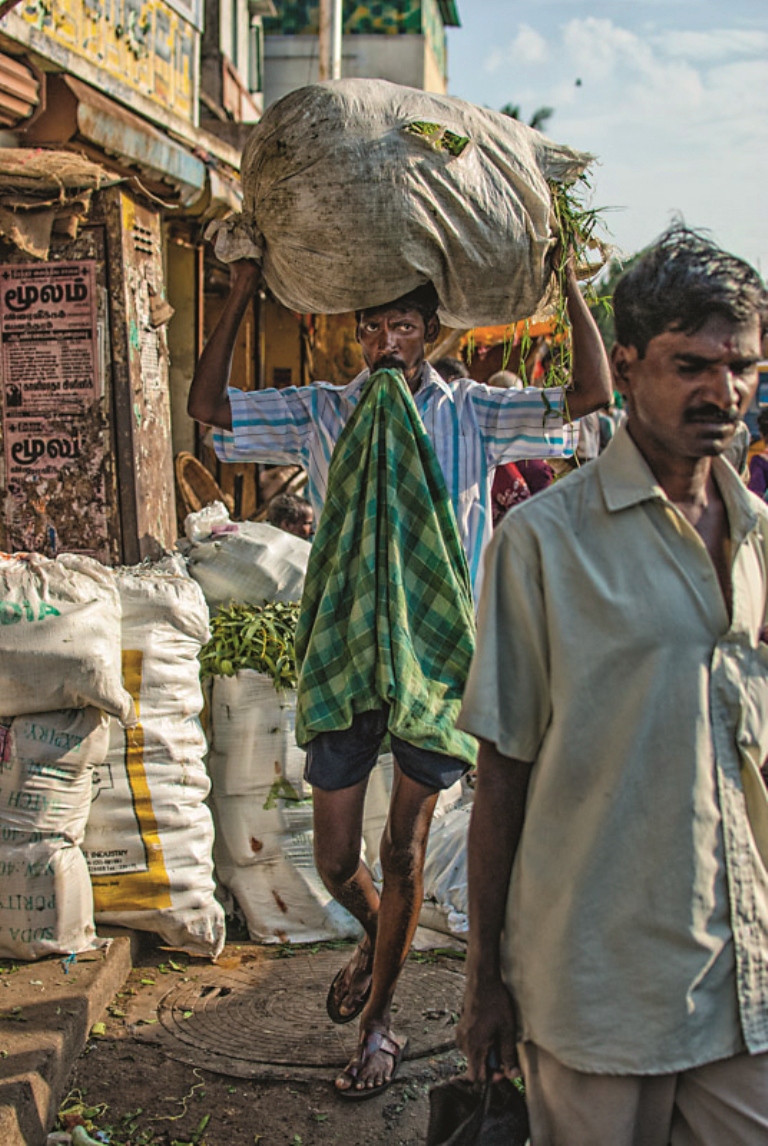
5.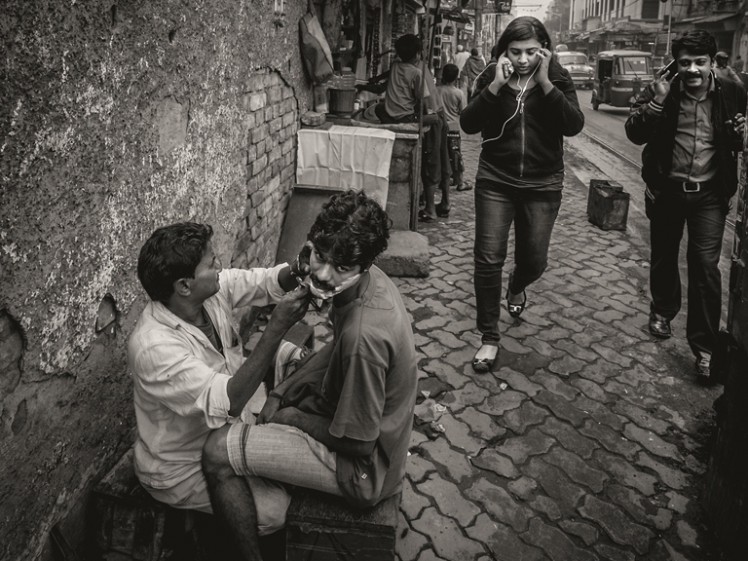
6.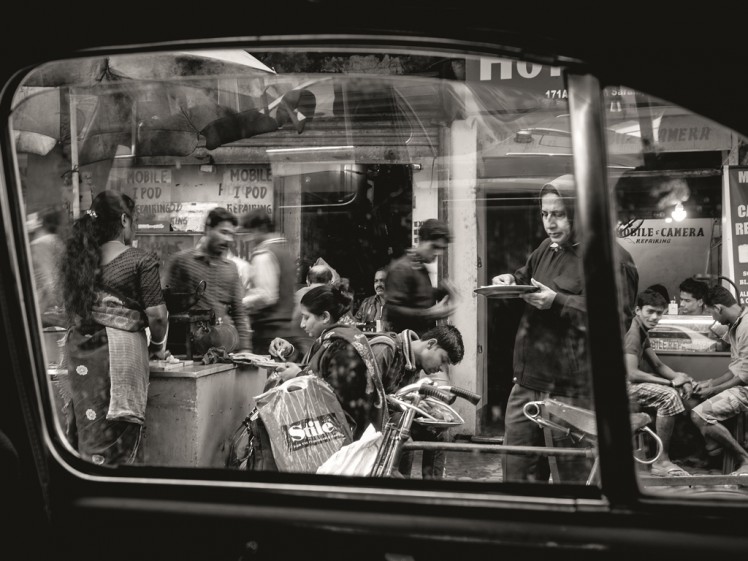
7.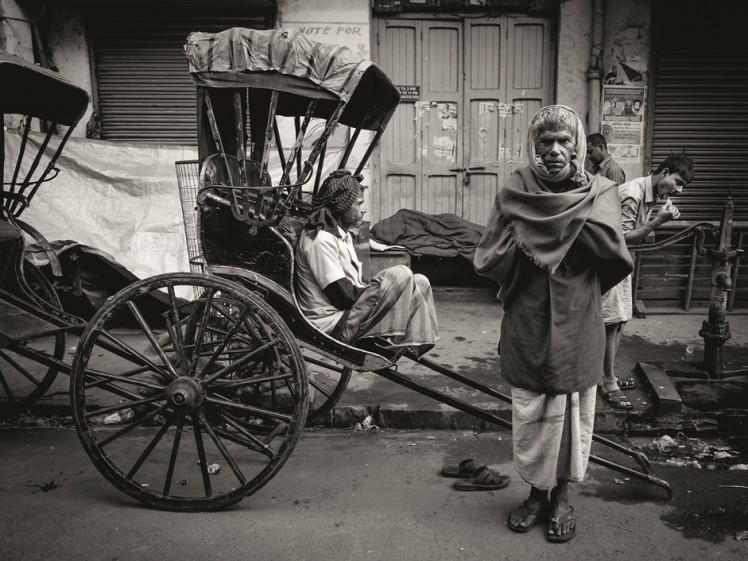
8.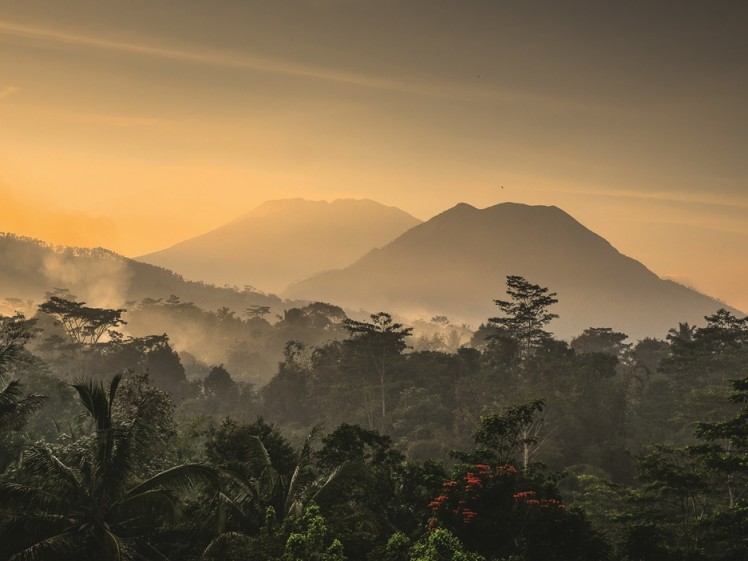
9.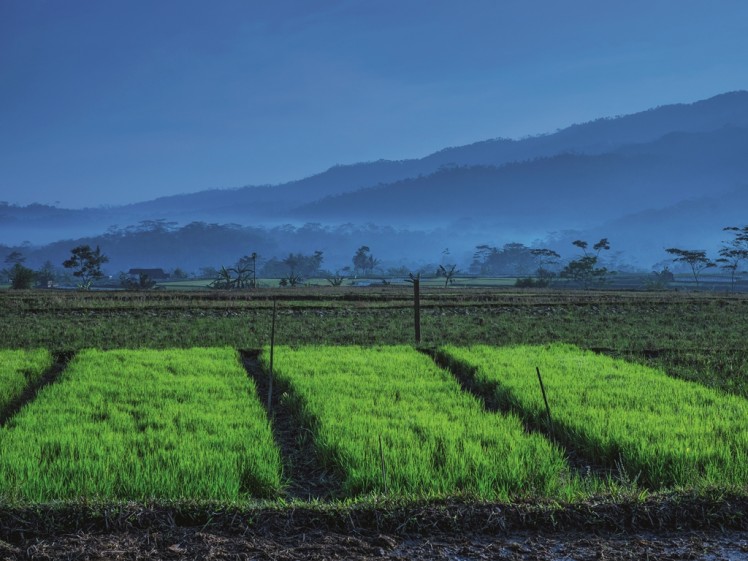
10.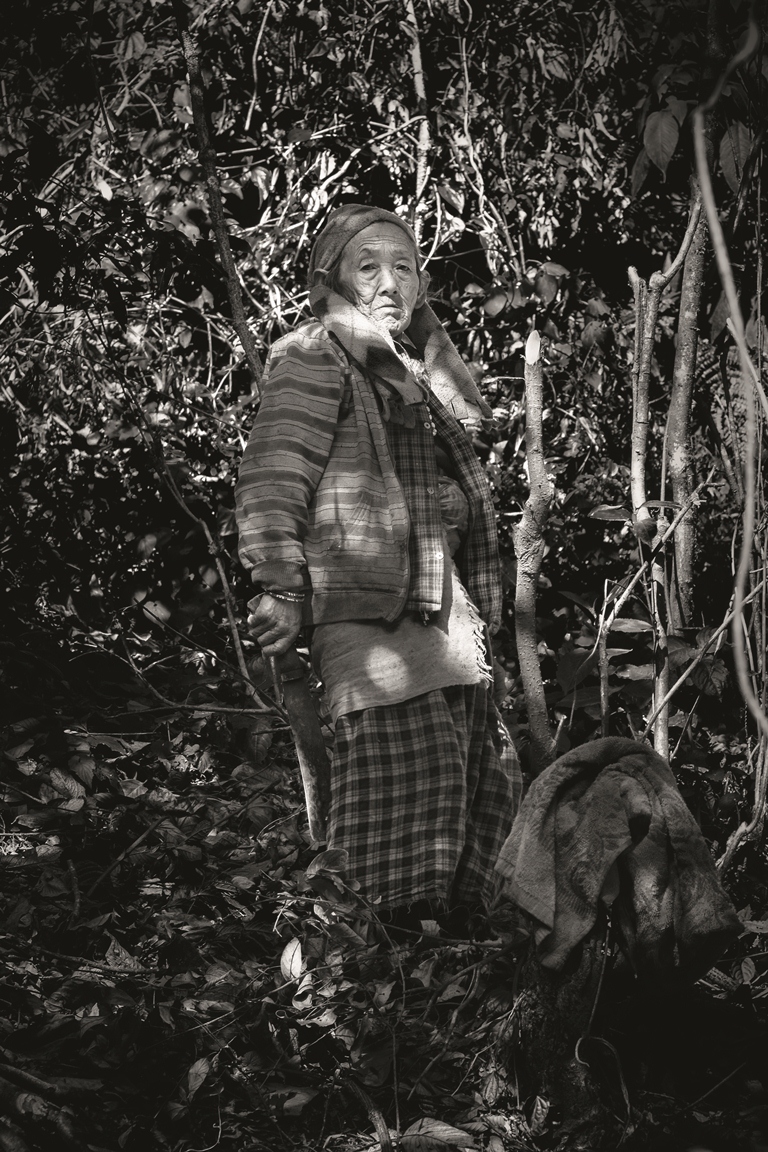
11.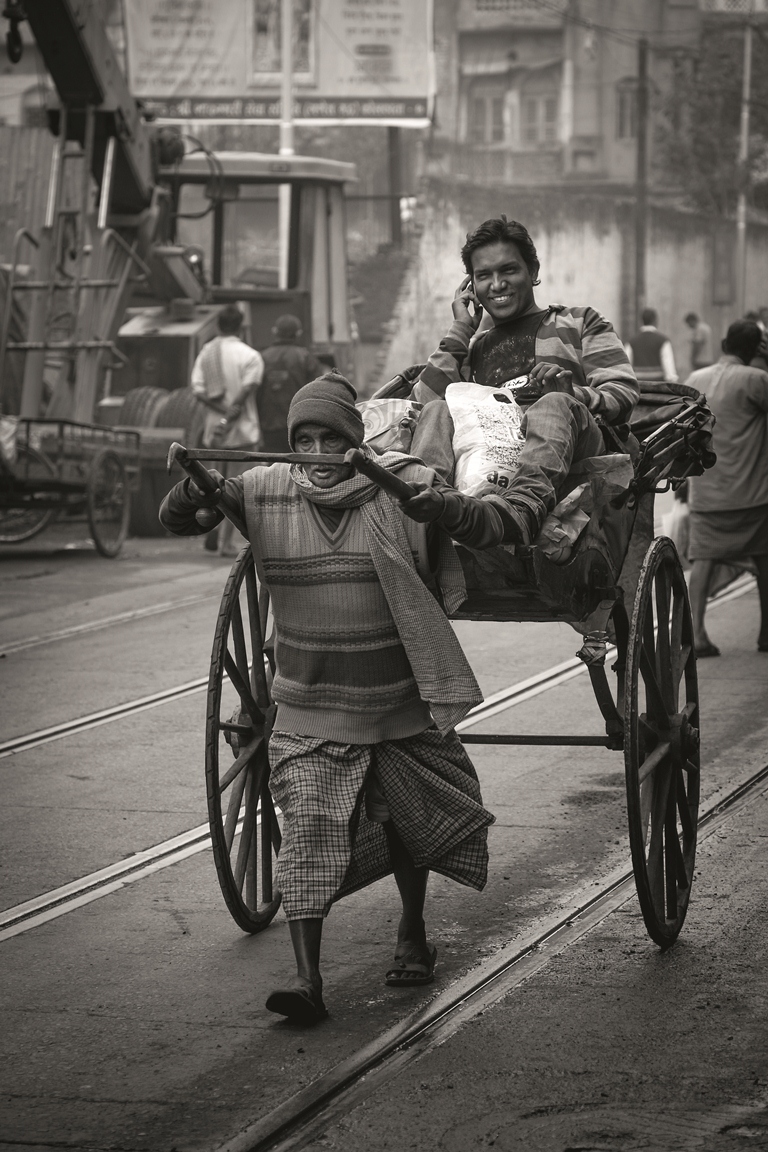
12.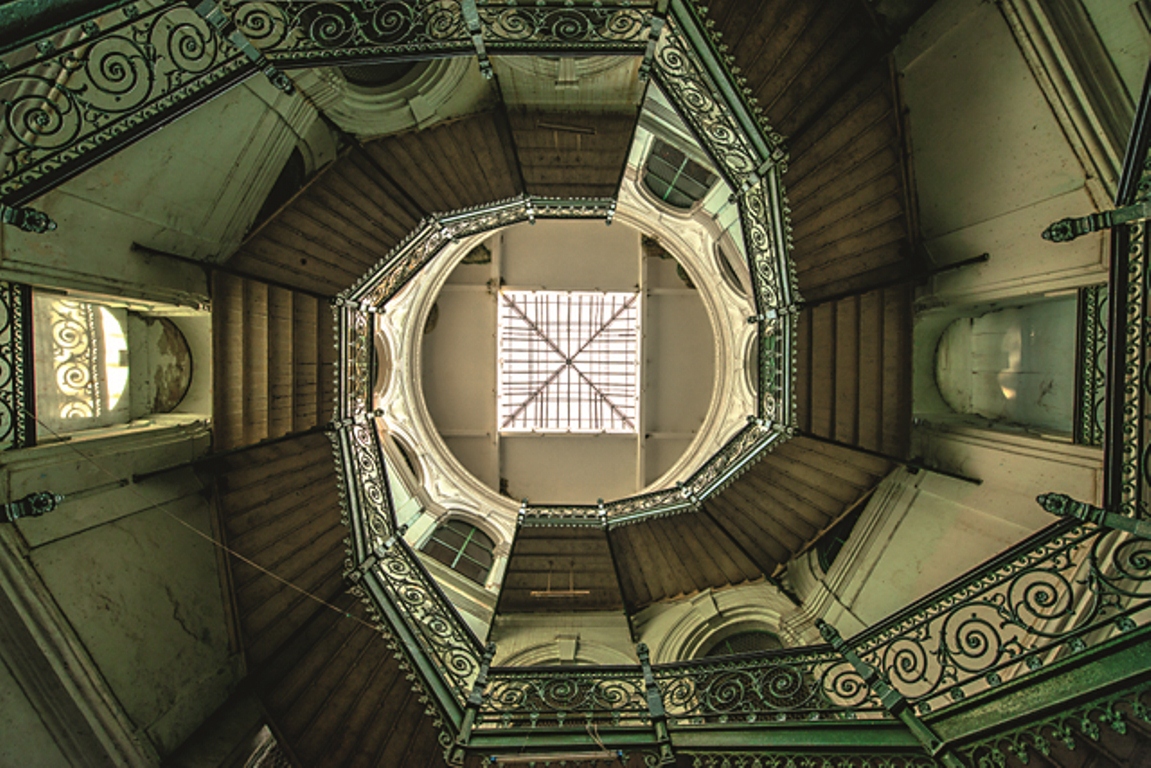
About the photographer
Although Shekar was trained as a lawyer, he never practised law and instead decided to follow his interest in photography. He started out as a photojournalist for The Star in the ’80s, as he was drawn to the power of telling a story. He said, “I always wondered, besides words, how else can you communicate? I always felt with a camera you can do so much more. Human beings are very visual creatures, and they respond to an image first before reading. That reaction is very immediate, coming from deep within, not formed in the head but in the heart. That’s what I think the power of photography is.”
Revolution and evolution
It is clear that Shekar’s heart and soul is in his photography work. He doesn’t do it for the achievements, of which there have been plenty, but it is what keeps him going in life. “In the beginning, the awards were exciting. I am very thankful for the recognition, but at the end of the day it doesn’t really make a difference to my work. I like to keep moving, as I get bored when I look back on my work, and I just keep going on to the next project.”
Every single day, even if he is sick or very busy, Shekar takes the time to go out and take photos. “Practice is important. Look at great musicians, they practise every day. There’s no other way, or else you will forget. You must hone your reflexes and maintain your muscle memory. You will lose it if you don’t practise every day. I think it’s true to just about anything you do. If you stop writing for a long time, you will go blank. Just like photography. This is why I take photos every day.”
Being in the industry, he has had a first-hand look at how photography has changed and evolved over the years. “Photography used to be only available to a few as it was very expensive. Not many people took it up as a profession unless it was a family business as it was not very sustainable.
“However through the influence of photographers around, as the world became smaller, we had some great photographers coming to Malaysia, and the photos they took here were eventually published. This inspired many local photographers to take up photography as a profession. I was initially very drawn to photography because of work that I have seen of Henri Cartier-Bresson and I just loved the simplicity of his photos that spoke volumes. He did so much to preserve a way of life, an image that we could all relate to.”
When digital photography took over, Shekar found it initially very challenging to make the step forward. “As I was always using film and analog, the learning curve was very steep with digital photography. I had to learn so much about computers and processing. In the old days, we just print the film. Nowadays, a photographer has to process the images, then do touch-up work, digital manipulation, and so much more. He’s actually doing more work than he used to.”
“However, the cost is less than film, and these is less wastage now, with thousands and thousands of chemicals poured into the drains. Those are heavy metals that are bad for the environment. Digital photography put a stop to all of that. Those days in Malaysia we didn’t have a proper way to dispose of these dangerous chemicals. There was a process called selenium-toning of prints that eventually harmed many photographers, because it had to be done in open air and they didn’t know about its dangers. So in that way, it is necessary to move forward. It’s much safer for photographers now.”
Shekar says that many photographers felt threatened when digital photography became more accessible, but he sees it as a positive thing. “Now everyone can express themselves creatively. That’s what photography is all about essentially. It has also raised the standard because now, although anybody can take a photo, that doesn’t mean it makes them a photographer. It’s not just about the equipment, it’s about creativity and how you see it. Whether or not you draw or paint or take photos, creativity is a continuous evolution.”
He finds it fascinating that now everyone, with a smartphone, can easily express themselves.
“It’s opening up whole new levels of seeing that used to be only restricted to photographers that only had big cameras. Now its opening it up to anyone, and that means the level can only go up. So we shouldn’t get stuck on the technology, although it is amazing and revolutionary. We just need to move along with the times.”
Documenting change
Shekar explained that his stint in the newspaper industry was just a vehicle to move forward. “In the newspaper industry, I learned a tremendous amount. I was taught the very basics of newsgathering. I realized that how much you develop in the field is how much interest you have in it. For me, I used to write as well as take photos, and I liked the idea of exploring communities. In fact, I loved it. Even from the very early stages of my career, I was always concerned about communities and people. Over the years, I have lived and stayed for long periods in Myanmar as well as local communities here, and have done extensive coverage of these communities.”
The reason Shekar is so interested in getting close to these communities such as the orang asli (indigeneous people) as well as working with them is because he sees the importance of documenting a change that has taken place.
Ever eloquent and charismatic, Shekar said, “As generations change, the change is quite evident. You can see how they change over time. And in order to record these changes, we need to photograph them. We need to know where we come from in order to move forward. If we don’t photographically document then the next generations won’t be able to know where they have come from. I wish I could see photos of my father when he arrived on the ship to Malaysia from Singapore. Thousands of ships came, but a rare few photographed them. Our heritage may not be from here, and there’s so little documentation of our past.”
He continued, “As for my own kids, I have tried to document their journey from the time they were little. My point is that it is important to record these changes so that in the future, people can look back and think, ‘Wow, that’s amazing, that’s how they lived.’ I remember seeing one photo of Jalan Ampang in the early 1800s. It was just one road and one bicycle at the end, full of surrounding trees, nothing like the bustling street it is today. I asked myself, why would a photographer have taken this photo? There was nothing remarkable about it at the time. It was just a road. You could have found that anywhere in the world. Then I realized, even then, photographers perhaps thought of recording these things cause they knew it was all going to change.”
Exploring communities
Shekar stresses that it’s important to start from home base, which is why so much of his work has been done in Malaysia itself. He has published many photography documentary books on Southeast Asia, sometime working with a writer as although he likes to do both the writing and the photography for his books, it can be difficult. These incredible books are people-based, where everyone featured in the book has a name and tells their part of the story.
His work is interesting not only because of the fascinating portraits and evocative landscape photos that are the end result, but because of the journey and processes that bring him there as well. “When I work on a project and explore a community I’m fascinated with, I do a lot of initial research. Due to my journalistic background, I find research very important. I spend time reading and looking things up. When I think I have gathered sufficient knowledge, I go forward and start being within these communities. When it take on documenting a community I haven’t been before, I would normally go and spend time there. I sit in a coffee shop and observe. After a while, people will notice I’m not from there and start to approach me. Then we start a conversation and slowly things will unravel, and I start taking photos and interviewing the people.”
He explains, “The last two books I’ve done were in 2010 and 2012. Our Land Within is a book on Southeast Asia and what binds us within these 10 countries. It explores the commonalities within the ASEAN countries. We have so much in common, so we primarily consider the common threads that bind us. We looked at music, religion, food, and physical space that transcended political borders. The other book I did recently is on oil palms and how communities are affected, both negatively and positively, by growing up and living in the oil palm community. Through these people and their eyes we tell their story.”
He uses Fuji mirrorless cameras for his work. On his landscape photography, Shekar is always drawn to the untouched and natural surroundings, and we end our enlightening conversation about why it inspires him. “It comes back to the human condition. We must ask ourselves, why are we drawn to a certain landscape? Why does it touch you in such a way? It is important to be aware of these emotions and feelings. It’s not just about capturing what you see, but capturing what you feel. That is paramount, and it is what photography is to me. Then what happens is, a person looking at the photo you took can feel the same way you felt when you took it. That’s when it becomes powerful.”
"ExpatGo welcomes and encourages comments, input, and divergent opinions. However, we kindly request that you use suitable language in your comments, and refrain from any sort of personal attack, hate speech, or disparaging rhetoric. Comments not in line with this are subject to removal from the site. "

